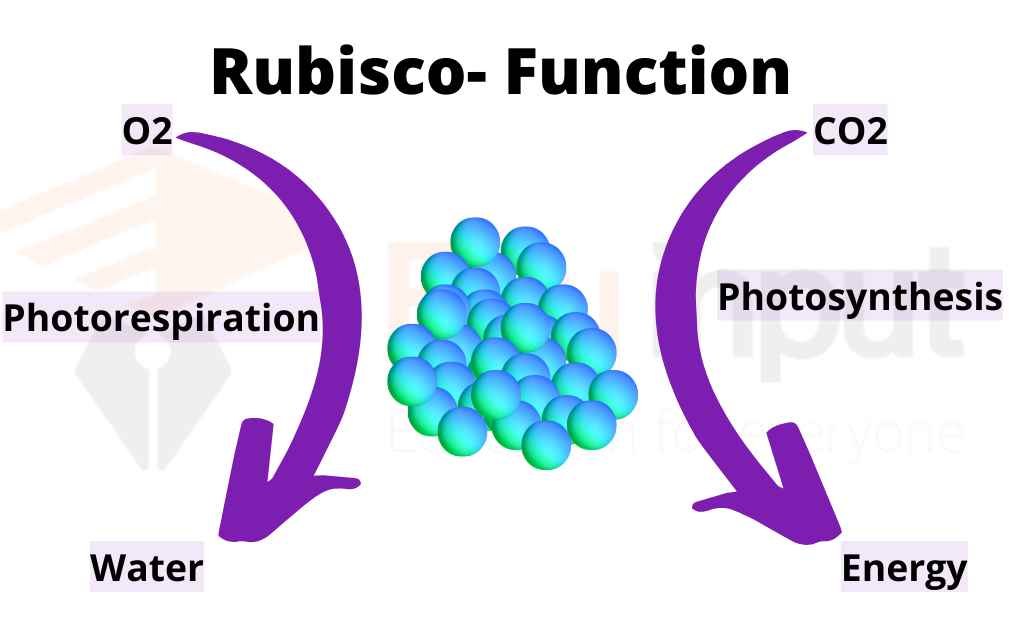What is Glucose?-Formula, Structure, Types, and Functions
Glucose is a simple sugar (monosaccharide) with the chemical formula C6H12O6. It is derived from the Greek word “glykys,” meaning “sweet.” The scientific name of Glucose is D-glucose according to the IUPAC nomenclature. Glucose is found naturally in fruits, and honey. It is also produced through the breakdown of glycogen.
Glycogen is a storage form of glucose, which is primarily found in the liver and muscles. Glucose is also produced when carbohydrates are digested and absorbed into the bloodstream.
Glucose is a simple sugar with a molar mass of 180.16 g/mol. The molar mass is derived from the atomic masses of its constituent atoms:
Specifically, there are 6 carbon atoms (6 × 12.01 = 72.06 g/mol), 12 hydrogen atoms
(12 × 1.01 = 12.12 g/mol),
and 6 oxygen atoms (6 × 16.00 = 96.00 g/mol), which sum up to the molar mass of 180.16 g/mol for glucose.
In bloodstream, glucose serves as the primary source of energy for cells. Its levels in the blood are regulated through the process of blood sugar regulation, which involves the hormones insulin and glucagon.
As glucose circulates through our bloodstream, it is referred to as blood glucose or blood sugar. As a reducing sugar, it can participate in chemical reactions that involve the reduction of other substances.
Structure Of Glucose
Glucose (C6H12O6) is a monosaccharide, which contains six carbon atoms and an aldehyde group. Due to the presence of the aldehyde group, glucose is classified as an aldohexose. It can exist in both an open-chain (acyclic) form and a ring (cyclic) form. The cyclic form, which is more stable, consists of a six-membered pyranose ring. Glucose is found naturally in fruits and other parts of plants.

Types of Glucose
There are two main types of glucose. The difference between these two types is difference in their orientation of the hydroxyl group (-OH) attached to the anomeric carbon (the carbon atom of the ring that is attached to two oxygen atoms).
1. α-D-Glucose
In the α-D-glucose form, the hydroxyl group on the anomeric carbon is oriented in the opposite direction to the ring’s opening (cis configuration). This form is less stable and less abundant in nature.
2. β-D-Glucose
In the β-D-glucose form, the hydroxyl group on the anomeric carbon is oriented in the same direction as the ring’s opening (trans configuration). This form is more stable and more commonly found in nature. It is the primary form of glucose that is metabolized by cells for energy.
Both α-D-glucose and β-D-glucose exist in equilibrium in aqueous solutions. β-D-glucose form is predominant (around 64% at equilibrium).
It’s important to note that glucose can also exist in an open-chain (acyclic) form, but this form is less stable and rapidly cyclizes to form the pyranose ring structures (α-D-glucose or β-D-gluc.ose).
Glucose has several important functions in the body
- Energy source
- Glucose is the primary source of energy for cells in the body.
- Through glycolysis and cellular respiration, glucose is broken down to produce ATP, the energy currency of cells.
- Carbohydrate metabolism
- Glucose is the basic unit of carbohydrates and is involved in various metabolic pathways, including glycolysis, gluconeogenesis, and the pentose phosphate pathway.
- Regulation of blood sugar levels
- Glucose levels in the bloodstream are tightly regulated by hormones like insulin and glucagon to maintain homeostasis.
- Insulin promotes glucose uptake by cells, while glucagon stimulates the release of glucose from stored sources like glycogen.
- Synthesis of non-essential amino acids
- Glucose serves as a precursor for the synthesis of some non-essential amino acids, such as serine and glycine.
- Lipid metabolism
- Glucose is involved in the synthesis of fatty acids and triglycerides through the process of lipogenesis.
- Nucleic acid synthesis
- Glucose provides ribose, which is a key component of nucleic acids (DNA and RNA), through the pentose phosphate pathway.
- Energy storage
- Excess glucose can be stored in the liver and muscles as glycogen, which serves as a readily available energy reserve.
- Structural role
- Glucose is a component of various structural molecules, such as glycoproteins and glycolipids, which are essential for cell membrane structure and function.
Glucose Quiz
Test your knowledge of Glucose by attempting our 20-mark quiz. However, If you do not know this topic or want to revise it, read our detailed guide on Glucose.
Let us start our quiz on Glucose with answers and explanations by professional teachers.







Leave a Reply